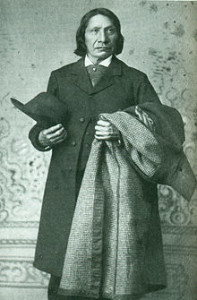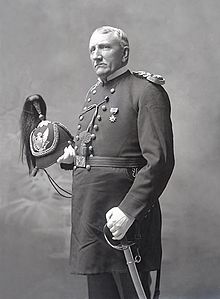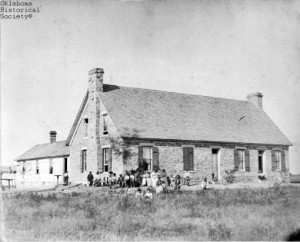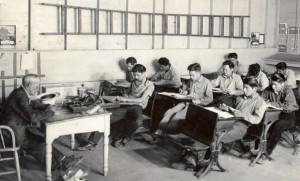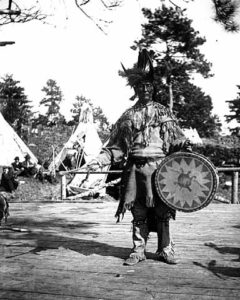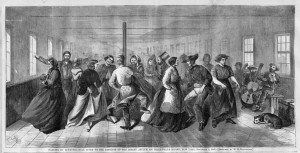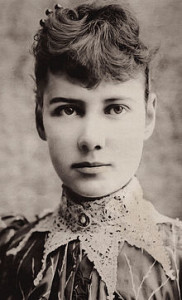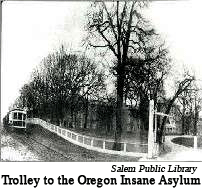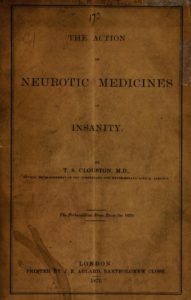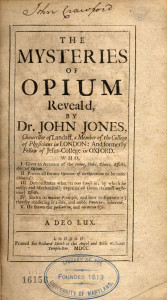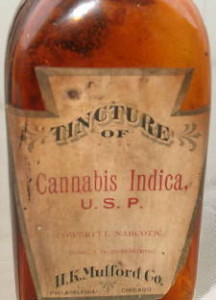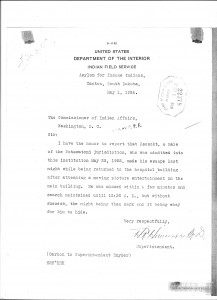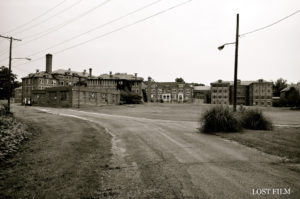Boarding schools hundreds of miles away from reservations served as a primary tool for the federal government in its attempts to assimilate Native Americans into Anglo culture. By taking children from familiar environments and immersing them into a new one, administrators hoped to break family bonds, alienate children from their cultural pasts, and prevent them from learning native ways from older adults on their reservations.
Of course, parents resisted these efforts. Many refused to give their permission to send children to schools when they had that option; otherwise they hid their children or taught them a “hide and seek” game to play when federal authorities arrived. In turn, authorities were willing to play hardball with the parents. One group of 19 Hopi men were sent to the U.S. military prison on Alcatraz when they refused to give up their children.
Despite their parents’ best efforts, thousands of children were forced to go to boarding schools. Parents were sometimes coerced by threats or the withdrawal of rations into signing permission to allow their children to leave home. Sometimes, however, federal agents actually kidnapped children from their homes.

